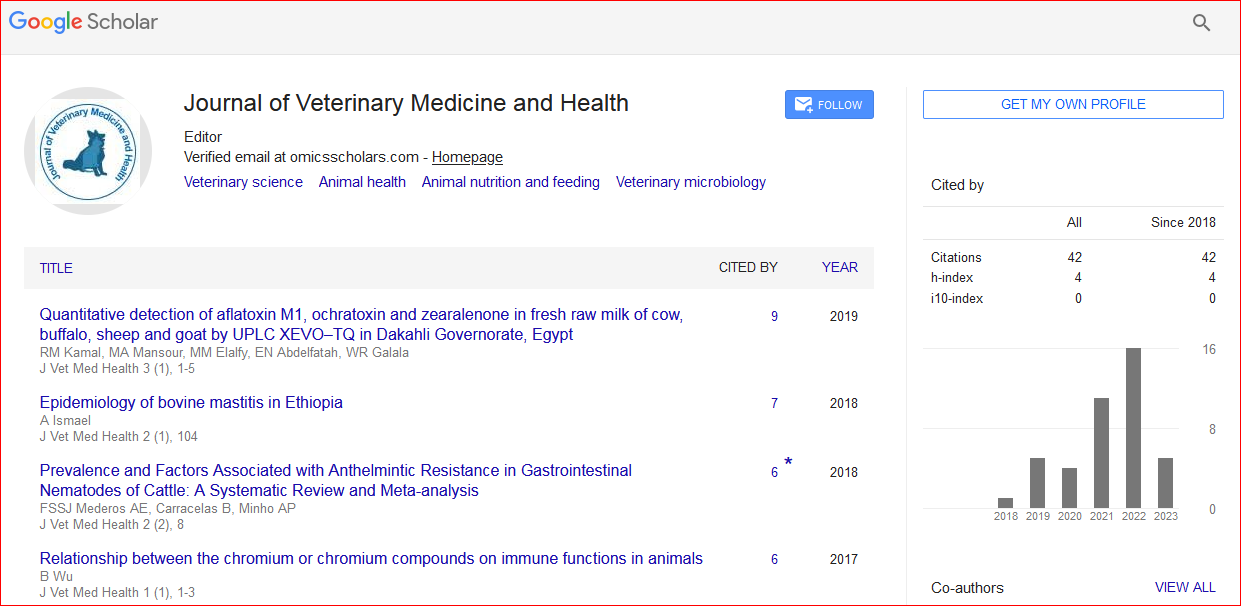Antiproliferative and Apoptotic Effects of Nano-ZER in Rabbit Model of Atherosclerosis
*Corresponding Author:
Copyright: © 2020 . This is an open-access article distributed under the terms of the Creative Commons Attribution License, which permits unrestricted use, distribution, and reproduction in any medium, provided the original author and source are credited.
Abstract
Atherosclerosis is a complex chronic inflammatory, degenerative and accumulative consequence of the arterial wall to injurious stimuli, which is significantly driven by persistence proliferative response. The pathophysiology of the disease implies its nanoscale nature and therefore necessitates new nano-medicine approaches to combat it. The role of nanotechnology in diagnosing cardiovascular disorders is expanding rapidly. While many herbs has shown to be efficacious in reducing and/or preventing early development of atherosclerosis, however, the role of the cyclic sesquiterpene, zerumbone (ZER) nanoparticles in this aspect still not documented. Since the objectives of this investigation is to evaluate the antiproliferative property of nono-ZER, in preventing and reducing macrophages assembly and vascular smooth muscle cells (VSMCs) proliferation in early-developed atherosclerotic lesions in the aortas of New Zealand white rabbits fed a cholesterol-rich diet, via induction of programmed cell death (apoptosis) in the built-up cells (macrophages) as well proliferative cells VSMCs.

 Spanish
Spanish  Chinese
Chinese  Russian
Russian  German
German  French
French  Japanese
Japanese  Portuguese
Portuguese  Hindi
Hindi 